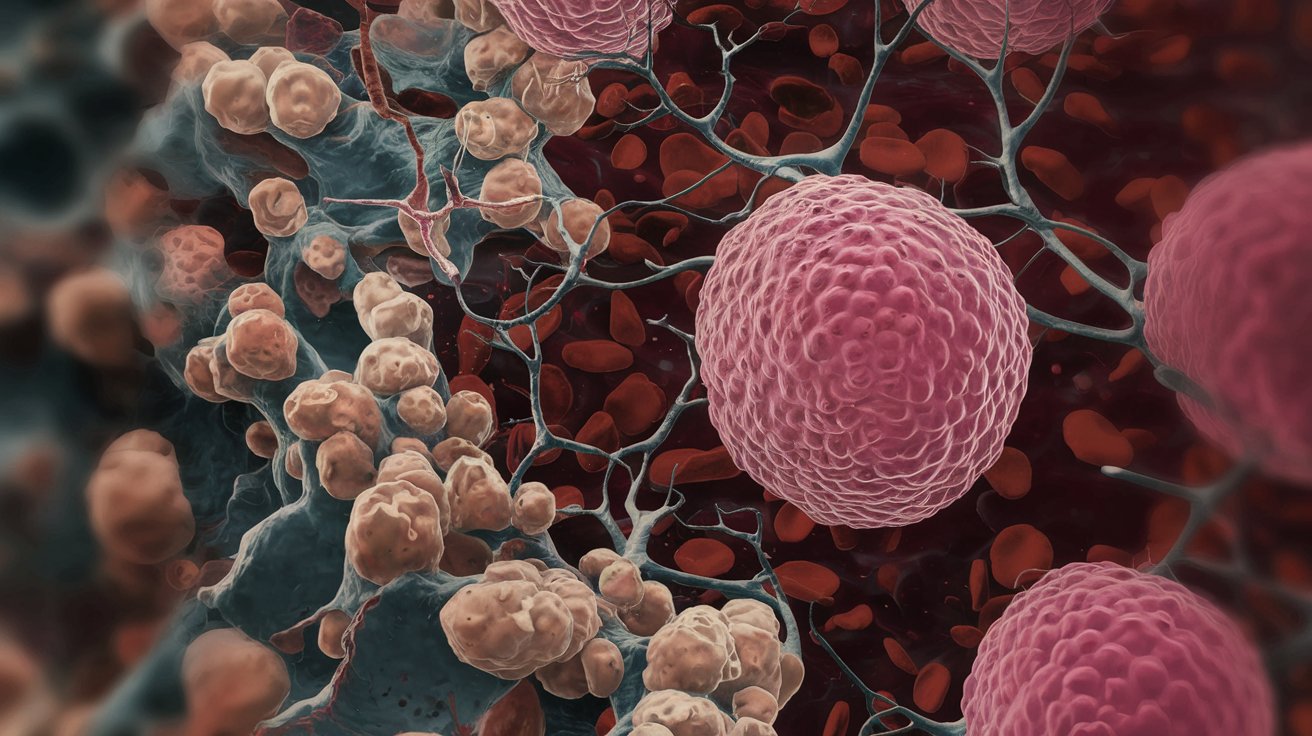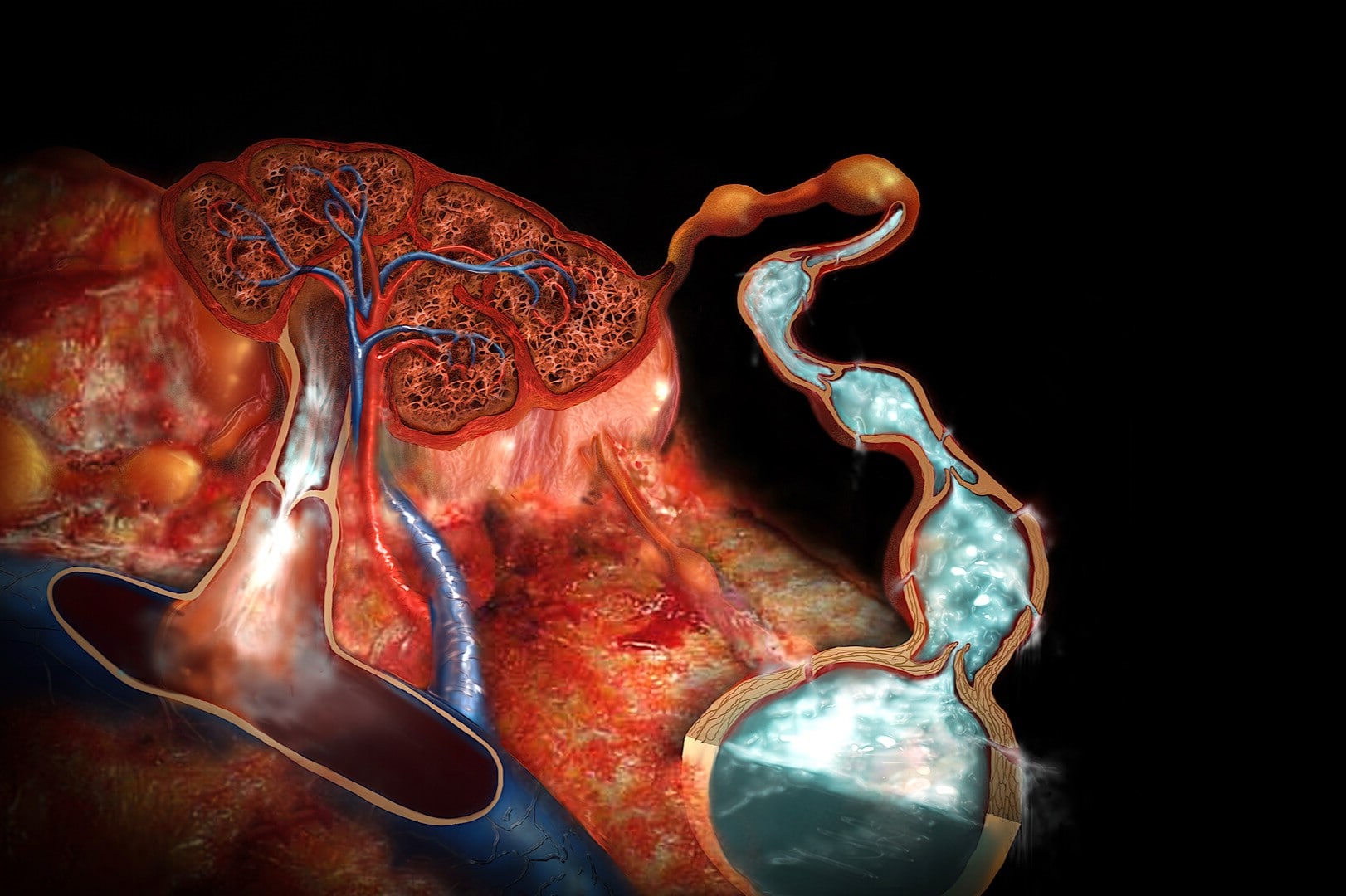
What happens when your body's stress hormones go into overdrive? Catecholamine hypertension is a condition where hormones like dopamine, norepinephrine, and epinephrine surge beyond normal levels, causing high blood pressure. These hormones, produced in the adrenal medulla, are crucial for the "fight or flight" response. However, when they are excessively released, they can wreak havoc on your cardiovascular system. This condition often stems from rare tumors called pheochromocytomas or paragangliomas, which can lead to severe headaches, heart palpitations, and even strokes. Understanding catecholamine hypertension is key to managing its risks and ensuring a healthier life.
Key Takeaways:
- Catecholamines are stress hormones that increase heart rate and blood pressure, providing energy during stressful situations. They also dilate bronchioles and pupils, improving respiratory and visual functions.
- Pheochromocytomas are rare tumors that produce excessive catecholamines, leading to persistent or sudden bursts of hypertension. Untreated, they can cause severe complications such as kidney damage and heart disease.
Understanding Catecholamines
Catecholamines are vital hormones that help the body respond to stress. They include dopamine, norepinephrine, and epinephrine. Let's dive into some fascinating facts about these hormones and their role in hypertension.
-
Catecholamines are stress hormones produced in the adrenal medulla, the inner part of the adrenal glands located on top of each kidney.
-
Dopamine, norepinephrine, and epinephrine are the three main types of catecholamines. Dopamine primarily affects brain function, while norepinephrine and epinephrine are more involved in the body's stress response.
-
Catecholamines increase heart rate and blood pressure, providing more oxygen and nutrients to muscles during stressful situations.
-
They also increase energy levels by releasing glucose and fatty acids into the bloodstream.
-
Catecholamines dilate bronchioles and pupils, improving respiratory and visual functions during stress.
Production and Metabolism
Understanding how catecholamines are produced and metabolized helps us grasp their role in hypertension.
-
Catecholamines are produced in the adrenal medulla and released into the bloodstream in response to stress signals from the sympathetic nervous system.
-
After their action, catecholamines are metabolized into inactive compounds. Dopamine breaks down into homovanillic acid (HVA), norepinephrine into normetanephrine and vanillylmandelic acid (VMA), and epinephrine into metanephrine and VMA.
-
Both catecholamines and their metabolites are eliminated from the body through urine.
Pheochromocytomas and Paragangliomas
These rare tumors can cause excessive catecholamine production, leading to hypertension.
-
Pheochromocytomas and paragangliomas are rare tumors that produce large amounts of catecholamines, causing persistent or sudden bursts of hypertension.
-
Symptoms of pheochromocytoma include high blood pressure, rapid heart rate, headache, flushing, and sweating.
-
Diagnosing pheochromocytoma involves testing for excessive levels of catecholamines in the blood or urine. Elevated levels of metanephrines are a strong indicator.
-
Certain medications and conditions can interfere with catecholamine tests, such as antidepressants, alcohol withdrawal, sleep apnea, and major stress.
-
The primary treatment for pheochromocytoma is surgical removal of the tumor. Medications may be used to manage symptoms before surgery.
Complications and Prevalence
Understanding the risks and prevalence of these conditions is crucial for early detection and treatment.
-
Untreated pheochromocytomas can lead to severe complications, including kidney damage, heart disease, and increased risk of stroke or heart attack.
-
Pheochromocytomas are rare, occurring in about 2 out of every million people each year. They cause high blood pressure in less than 0.2% of people with hypertension.
-
Risk factors for pheochromocytoma include certain genetic syndromes, but these tumors can occur at any age.
-
Pheochromocytomas are often referred to as the "10% tumor" because 10% are malignant, bilateral, found in children, located outside the adrenal glands, or genetically caused.
Pathophysiology and Clinical Applications
Catecholamines play a significant role in various physiological processes and medical treatments.
-
Excess catecholamines can arise from several sources, including exogenous administration of catecholamines, derivative adrenergic agonists, or reuptake inhibitors.
-
Dopamine has clinical applications for treating hypotension in patients with shock, particularly affecting renal arteries to improve blood flow to the kidneys.
-
Catecholamines are crucial for blood pressure regulation, acting via dopamine and adrenergic G-protein-coupled receptors (GPCRs).
-
Increased catecholamine secretion contributes to hypertension in TRPM4-deficient mice, suggesting a link between ion channel dysregulation and hypertension.
Measurement and Research
Accurate measurement and ongoing research are essential for understanding and managing catecholamine-related conditions.
-
Catecholamines and their metabolites can be measured in blood or urine using high-performance liquid chromatography (HPLC) with electrochemical detection (ECD).
-
In vitro studies on isolated aortic rings show that catecholamines can cause vasoconstriction, leading to increased blood pressure.
-
Blocking adrenergic receptors activated by catecholamines is a key treatment for hypertension, congestive heart failure, and other cardiovascular diseases.
-
Functional deficiency in catecholamine mechanisms can lead to mood and attention dysregulation, highlighting the complex interplay between these hormones and brain function.
The Bottom Line on Catecholamine Hypertension
Catecholamine hypertension is a serious condition caused by excessive levels of hormones like dopamine, norepinephrine, and epinephrine. These hormones, produced in the adrenal medulla, are vital for stress responses but can wreak havoc when overproduced. Pheochromocytomas and paragangliomas, rare tumors, often trigger this overproduction, leading to symptoms like high blood pressure, rapid heart rate, and severe headaches. Diagnosing involves measuring catecholamine levels in blood or urine, with treatment usually requiring surgical removal of the tumor. Left untreated, this condition can lead to severe complications like heart disease, kidney damage, and increased stroke risk. Understanding catecholamine biology is crucial for managing cardiovascular diseases effectively. Recognizing symptoms early and seeking medical advice can make a significant difference in outcomes. Stay informed, stay healthy.
Frequently Asked Questions
Was this page helpful?
Our commitment to delivering trustworthy and engaging content is at the heart of what we do. Each fact on our site is contributed by real users like you, bringing a wealth of diverse insights and information. To ensure the highest standards of accuracy and reliability, our dedicated editors meticulously review each submission. This process guarantees that the facts we share are not only fascinating but also credible. Trust in our commitment to quality and authenticity as you explore and learn with us.


